
In July we saw a great deal in the news about renewable energy and the work that many companies are doing to help the environment. Consumers Energy for example, announced it is giving away $100,000 to help communities plant trees to create sustainable urban forests and encourage responsible tree planting efforts. In a somewhat related article, a company called Carbon Engineering is building a Giant Wall that can suck carbon dioxide out of the air in areas where regrowth of trees is difficult or not possible.
Bill Gates also got into the discussion by talking to Forbes about his latest investment in renewable energy. He will reportedly be investing in “radical, ‘wild-eyed’ energy tech companies” to help find a solution to climate change.
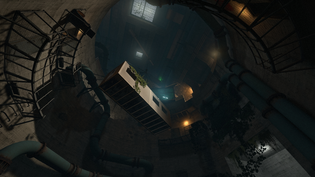
Finally, if you are interested in engineering, but don’t get enough of it in your day job, you can now play a video game about infrastructure, a first-person game called INFRA where you play as a structural analyst. It actually looks more fun than it sounds, with players having to escape buildings as they collapse, avoid radioactive mushrooms, and prevent other disasters.
For daily energy and engineering news, please follow us on Facebook, Twitter, Google + and Linkedin or meet us back here in August.


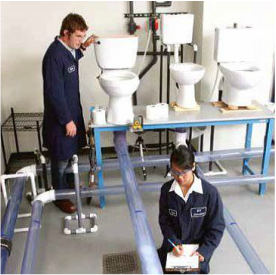
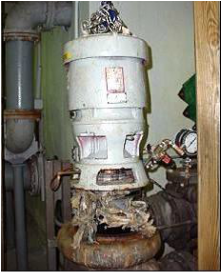
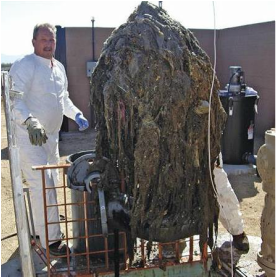
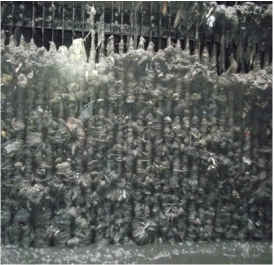

 RSS Feed
RSS Feed